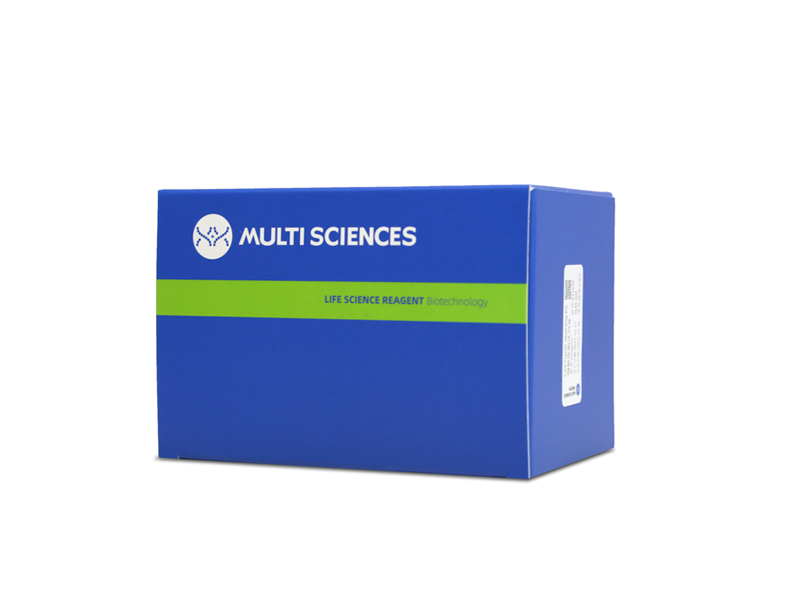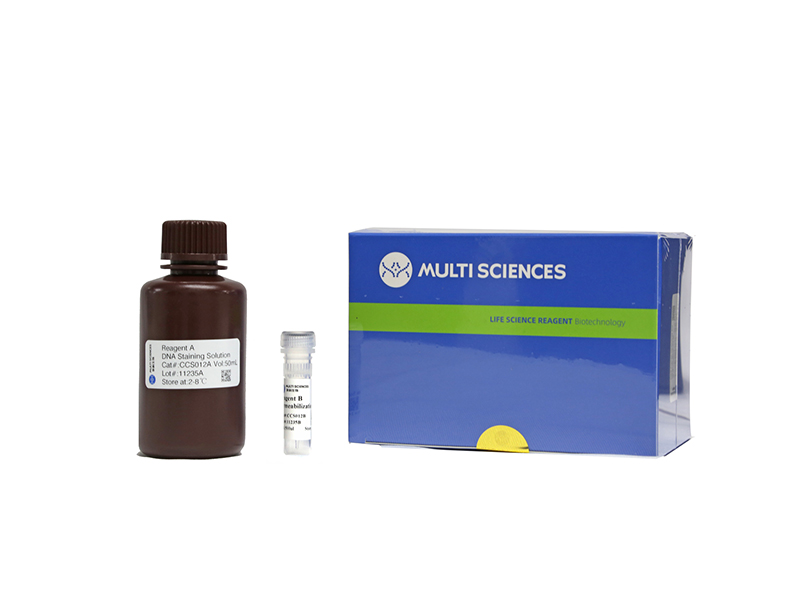Oligomycins are potent antifungal and antitumor agents. Mass spectrometry (MS)- and nuclear magnetic resonance (NMR)-based metabolomic fingerprinting analysis of marine-derived actinomycetes in our in-house library provided an oligomycin-producing strain, Streptomyces sp. FXY-T5. Chemical investigation led to the discovery of five new oligomycins, 24-lumooligomycin B (1), 4-lumooligomycin B (2), 6-lumooligomycin B (3), 40-homooligomycin B (4), and 15-hydroxy-oligomycin B (5), together with seven biosynthetically related known derivatives. Their structures were assigned by MS, NMR, electronic circular dichroism (ECD), and single-crystal X-ray diffraction analyses. The biosynthesis pathway of oligomycins was first proposed based on the analysis of a type I modular polyketide synthase (PKS) system and targeted gene disruption. As expected, the isolated oligomycins showed significant antiagricultural fungal pathogen activity and antiproliferative properties from which the possible structure–activity relationships were first suggested. More importantly, oligomycins induced significant G1-phase cell cycle arrest on cancer cells and significantly attenuated their Cyclin D1 and PCNA expression through a β-catenin signaling pathway.
文章引用产品列表
-
- CCS012
- 周期试剂盒
Cell Cycle Staining Kit 细胞周期检测试剂盒
- ¥390.00



